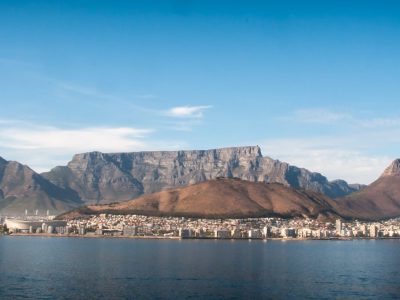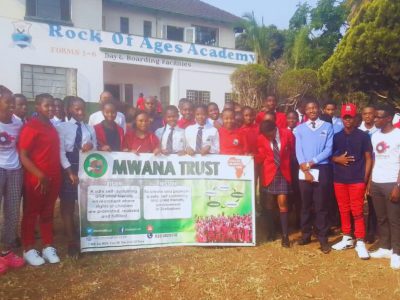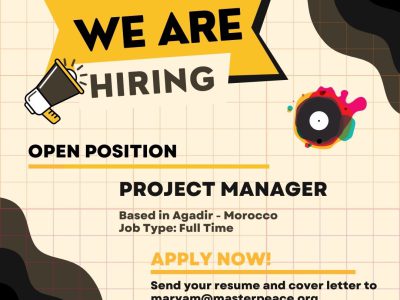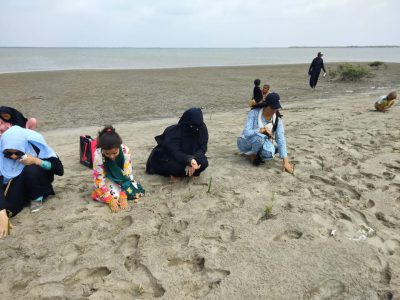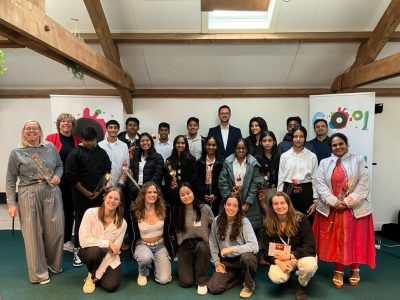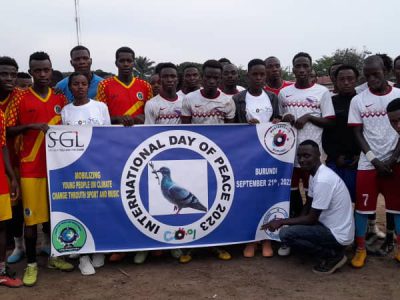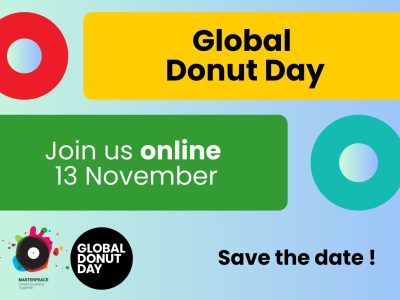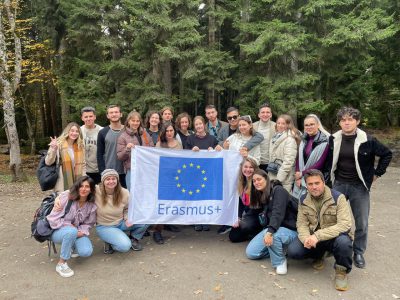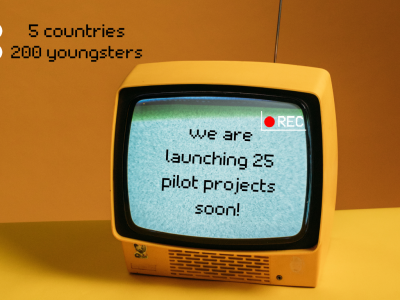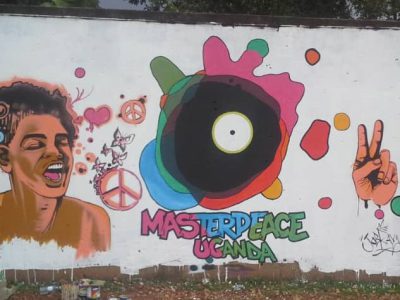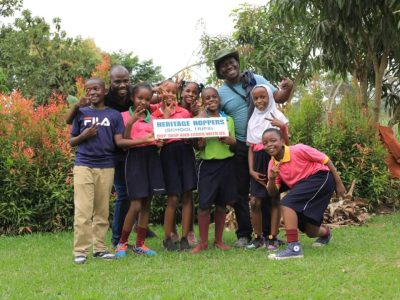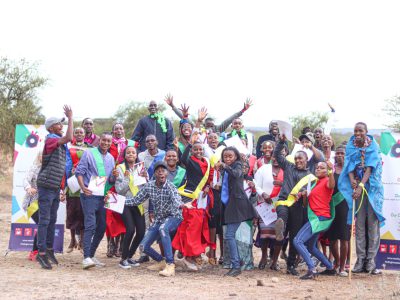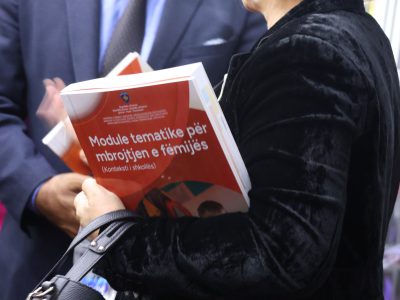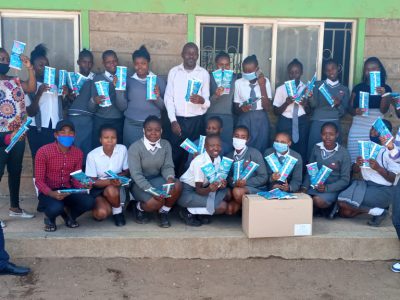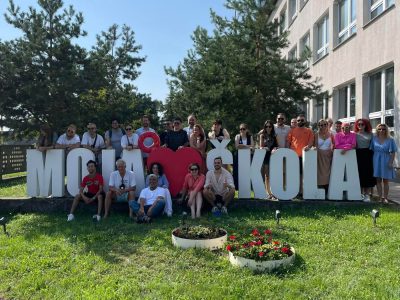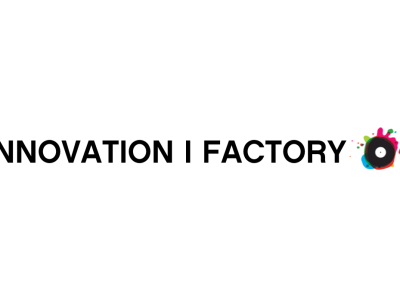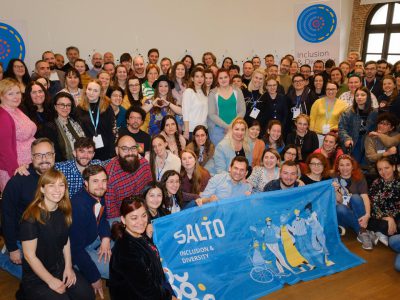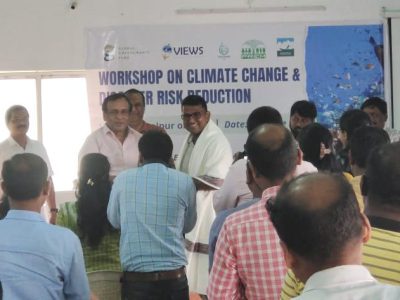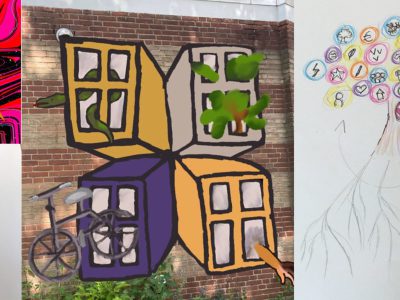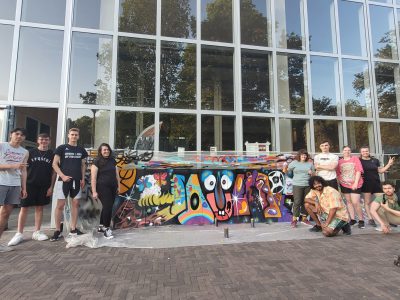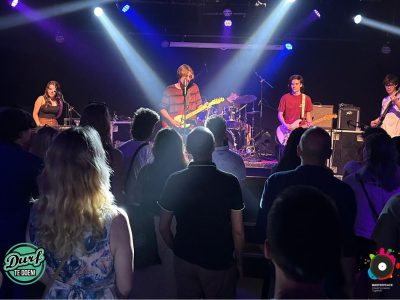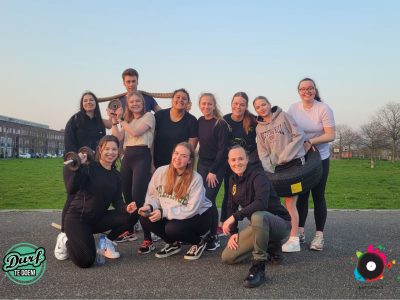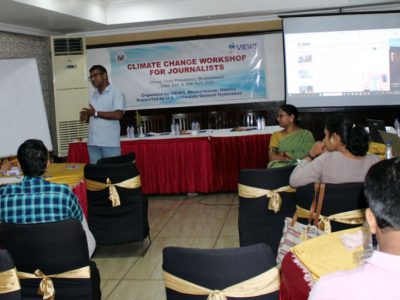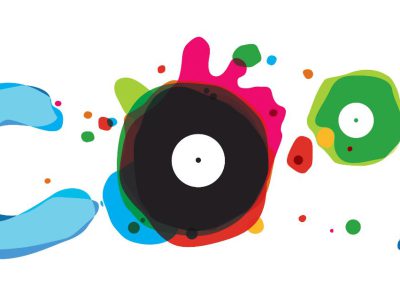Stories
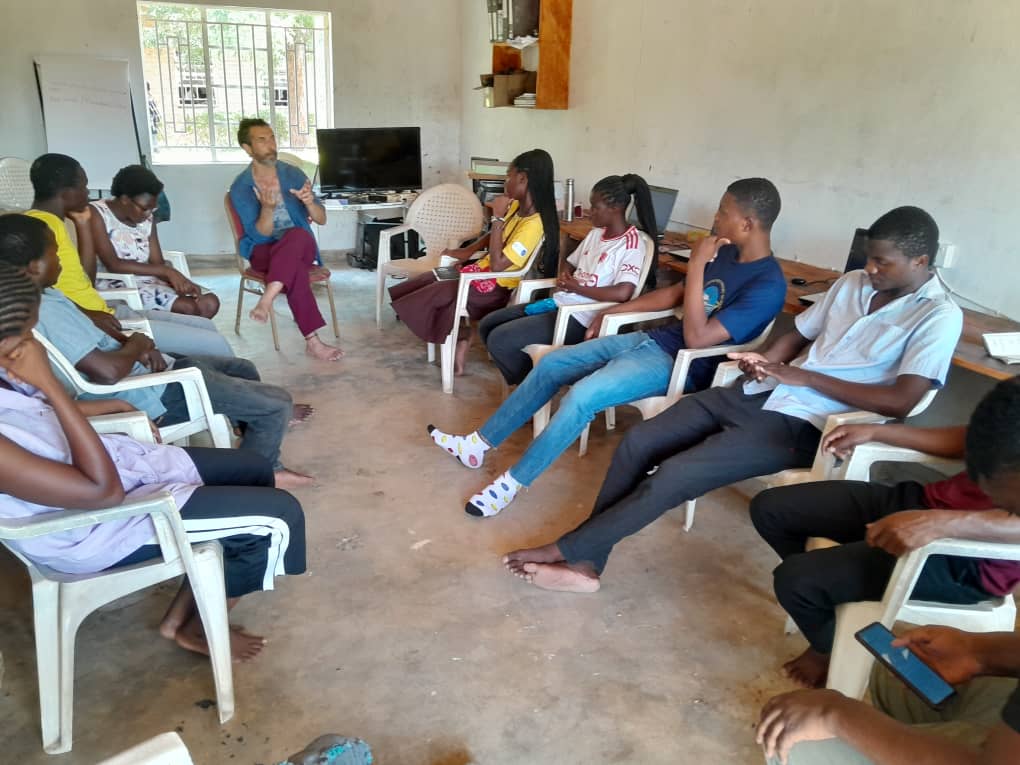
The "Computer Literacy" training program in Chikwawa, Malawi, is a transformative initiative aimed at empowering 25 young participants from November 2024 – April 2025, to refocus their life journeys and address pressing social issues like addiction. This initiative combines technical education with life skills development, offering participants the resources they need to navigate personal and community challenges effectively.
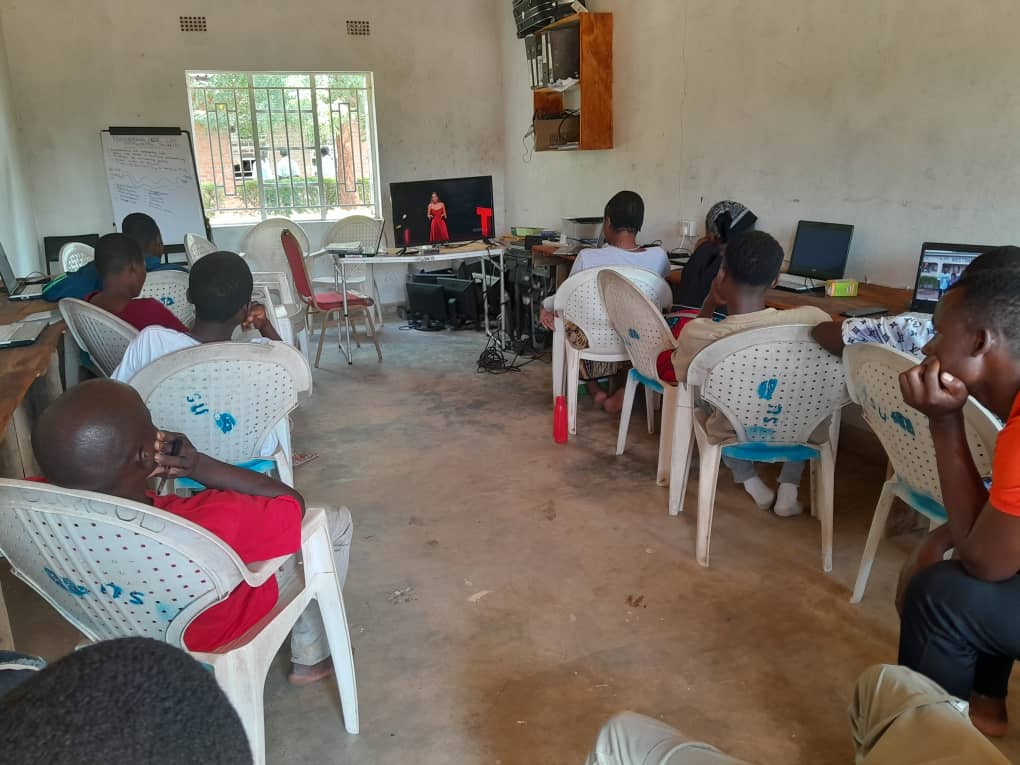
Objectives and Training Outcomes
The primary objective of the program is to equip participants with essential computer literacy skills, including the use of software like LibreOffice tools (Libre Calc, Libre Impress, and Libre Writer). Beyond technical training, the program emphasizes personal growth and community engagement:
Building Confidence and Public Speaking: Participants have enhanced their ability to speak fluently and confidently during group discussions and presentations.
Teamwork and Problem-Solving: Collaborative activities have fostered a strong sense of unity and sharpened problem-solving abilities.
Addressing Addiction: Educational sessions on addiction have heightened self-awareness and motivated participants to work on their habits and behaviors.
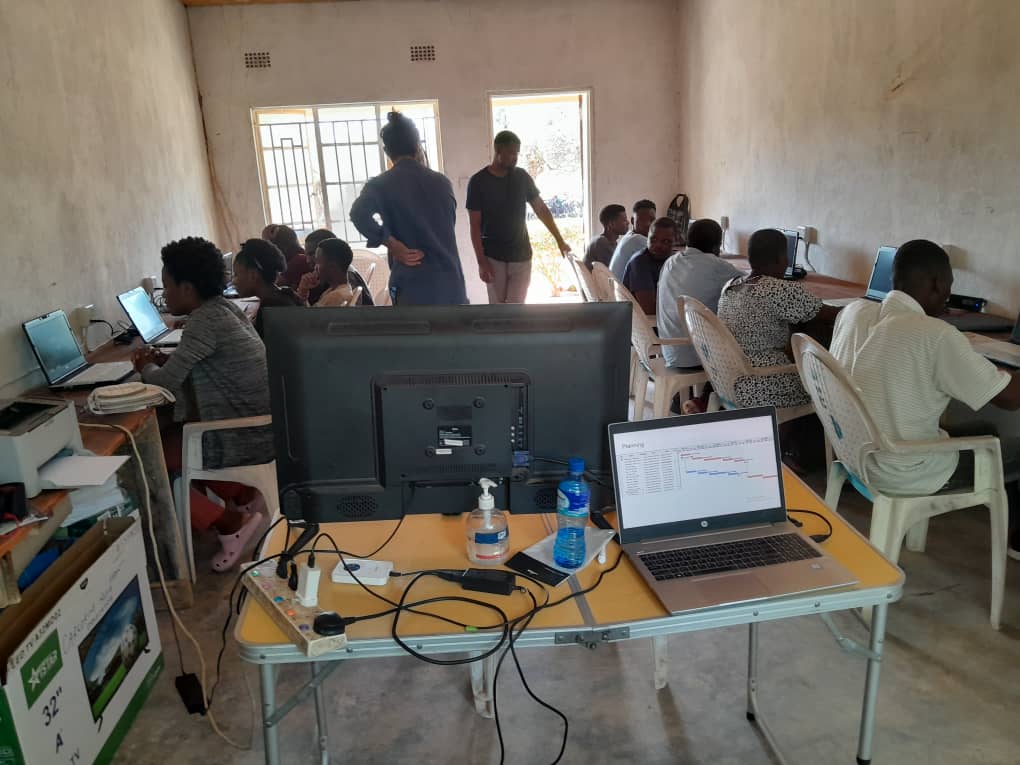
The Role of Computer Literacy
This program views computer literacy as a tool for empowerment—enabling youth to access opportunities, pursue their aspirations, and take an active role in their communities. Participants reported that mastering digital tools has improved their confidence and opened doors to new possibilities in education and careers.
Community Impact: Tackling Addiction
One of the standout components of the program is its focus on addiction. Participants learned about the societal and personal impacts of addiction, inspiring them to take action in their communities. The planned initiatives include:
School Engagements: Conducting awareness sessions with students to highlight the dangers of addiction and offer strategies for avoiding it.
Community Outreach: Reaching out to individuals struggling with addiction to provide guidance, support, and practical solutions.
Empowering the Next Generation
This program represents a powerful step toward building a generation of youth who are skilled, confident, and socially responsible. By tackling addiction—a significant barrier to personal and community growth—participants are leading the way in creating positive change in Chikwawa.
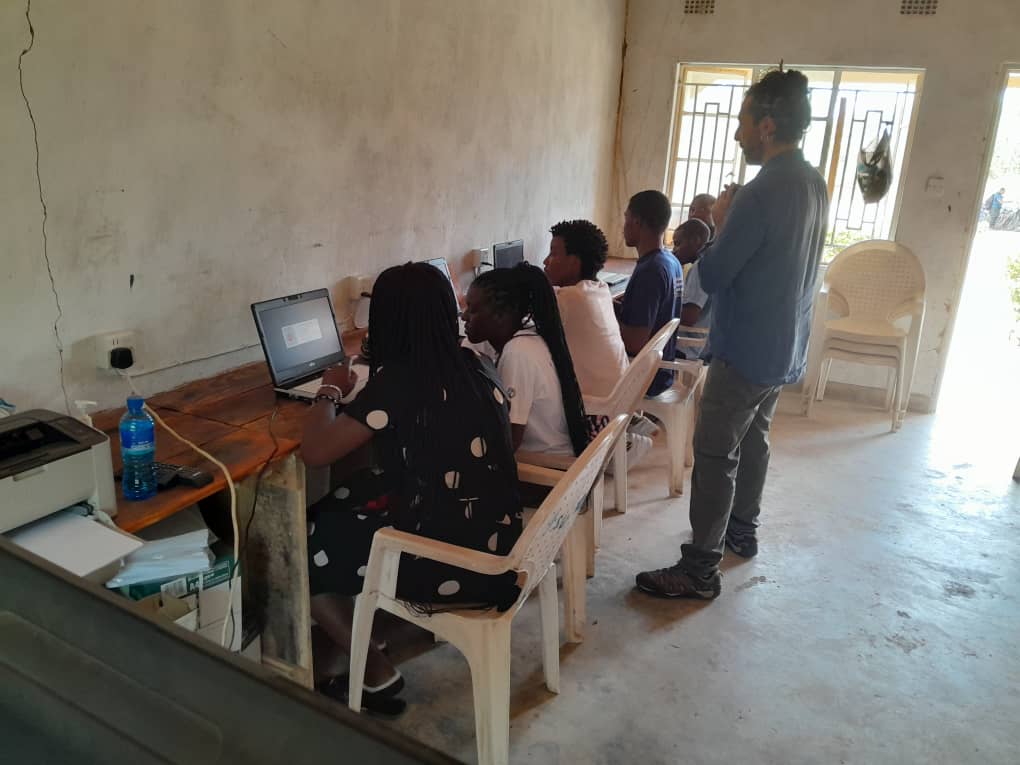
Conclusion
The "Computer Literacy" program demonstrates the transformative power of education and empowerment. By equipping 25 young participants with technical skills and addressing critical social issues, the initiative not only helps them refocus their life paths but also positions them as agents of change in their community. From November 2024 to April 2025, this program will continue to make strides in fostering self-reliance, teamwork, and meaningful action in Chikwawa, Malawi.
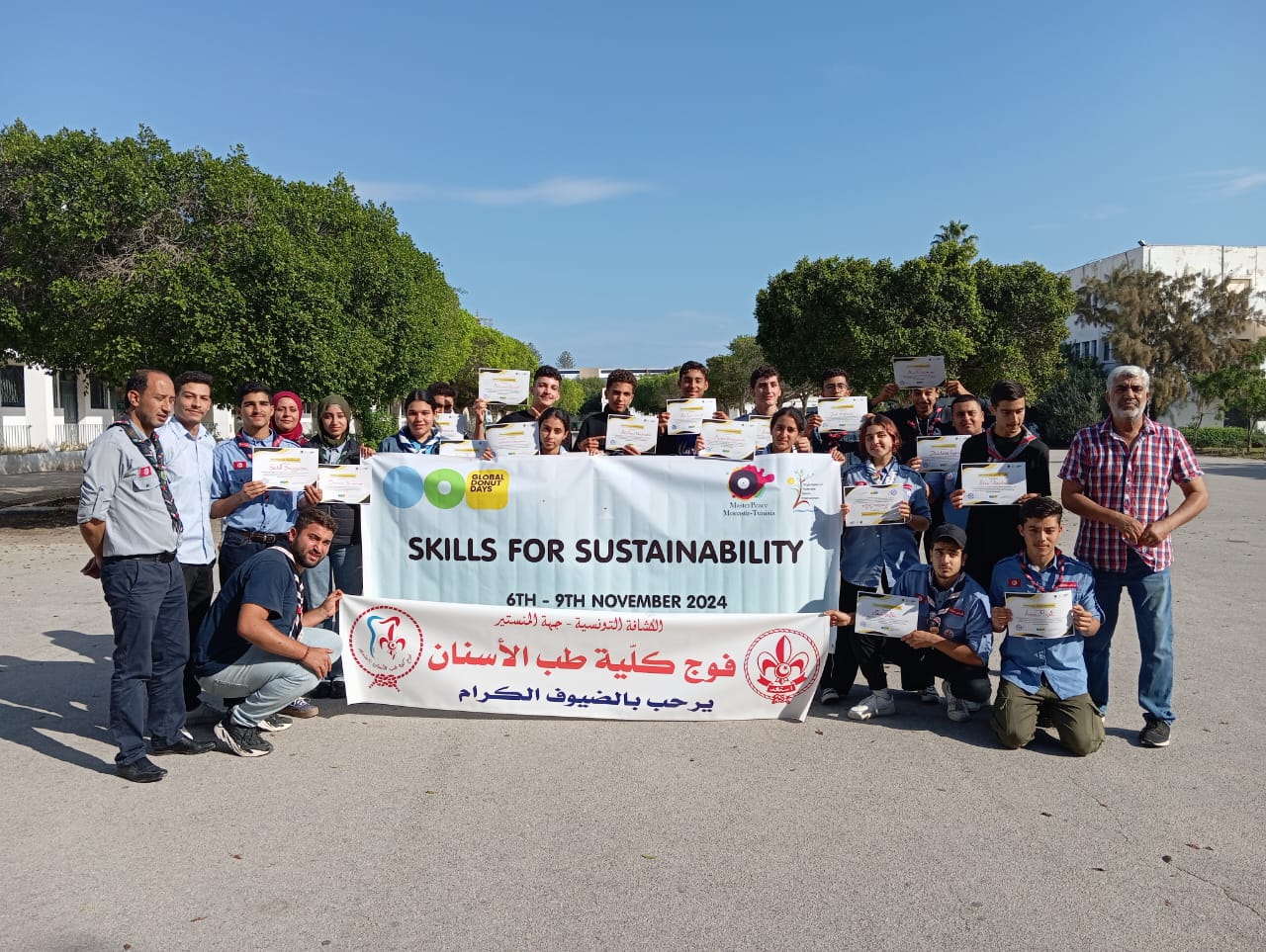
Global Donut Days 2024 in Monastir, Tunisia : Empowering Youth for a Sustainable Future.
From November 7th to 9th, 2024, MasterPeace Monastir Tunisia, with the support of Doughnut Economics, hosted an inspiring three-day training event as part of the #GlobalDonutDays 2024 initiative.

During this event, participants engaged in designing their own doughnuts, a creative exercise aimed at identifying essential human needs and ecological boundaries within their local context. It was truly inspiring to witness these young individuals share their perspectives on sustainability, thoughtfully considering how to balance well-being with planetary preservation.


This project not only fostered a deeper understanding of sustainability among the youth but also encouraged them to think critically about the future of our planet. The enthusiasm and innovative ideas presented by the participants highlight the importance of empowering the next generation to take an active role in creating a sustainable future.
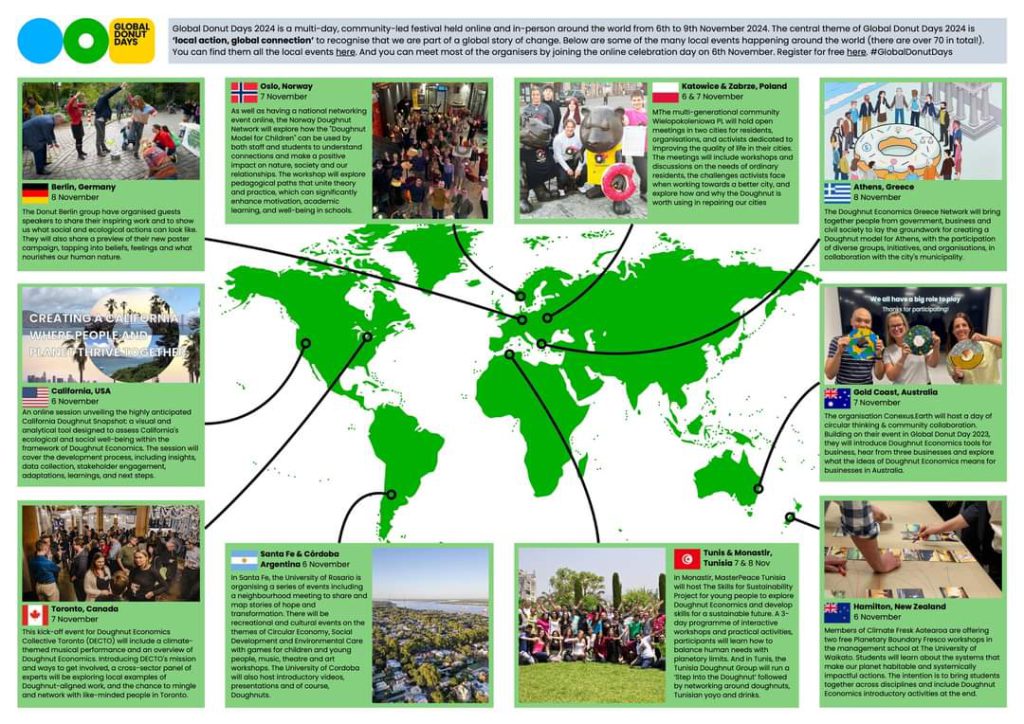


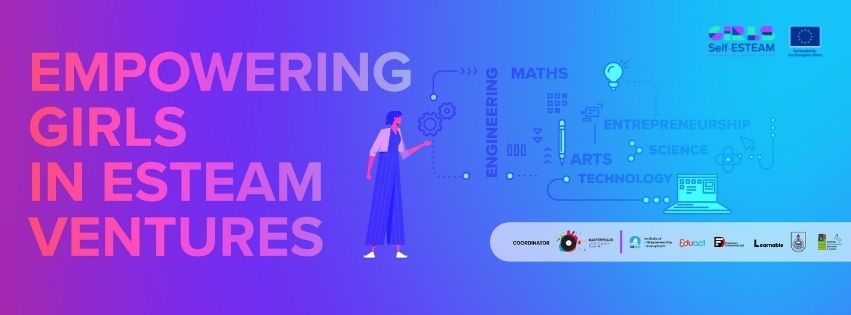
Girls' Self-ESTEAM project
Het Girls Self-ESTEAM project is een initiatief dat zich richt op het versterken van jonge meisjes en hen inspireert om hun potentieel te ontdekken in ESTEAM (Ondernemerschap, Wetenschap, Technologie, Engineering, Kunst en Wiskunde). Ons doel is om zowel meisjes als hun leraren te ondersteunen met de vaardigheden, het zelfvertrouwen en de motivatie om succesvol te zijn in deze vakgebieden, waar vrouwen vaak nog ondervertegenwoordigd zijn.
Succesvolle Kick-off: Samen Sterk voor de Toekomst
Op 14 en 15 december 2023 vierden we de succesvolle lancering van het Erasmus+ Girls Self-ESTEAM project met een inspirerende kick-off bijeenkomst in de prachtige locatie De Appelgaard in Gouderak, Nederland. Deze bijeenkomst bracht een groep gepassioneerde organisaties samen die zich inzetten voor het empoweren van jonge meisjes in Europa.
Gedurende de tweedaagse kick-off hebben we diepgaande discussies gevoerd over de tools en middelen die we gaan ontwikkelen om meisjes in de ESTEAM-velden te ondersteunen. De energie en inzichten tijdens de workshops zorgden voor een sterke basis voor ons project, waarbij samenwerking en effectief projectmanagement centraal stonden. Daarnaast werden tijdens interactieve workshops en gezamenlijke maaltijden relaties opgebouwd die de basis legden voor toekomstige samenwerkingen.
Deze kick-off markeert de start van een samenwerking tussen Nederland, Turkije, Italië, Griekenland en Cyprus. Samen willen we meisjes een duwtje in de rug geven en barrières doorbreken, zodat ze zich vrij voelen om hun interesses en talenten in ESTEAM te ontwikkelen. Onze gezamenlijke inzet versterkt het vertrouwen dat we een grote impact kunnen maken op de zelfverzekerdheid van jonge meisjes.
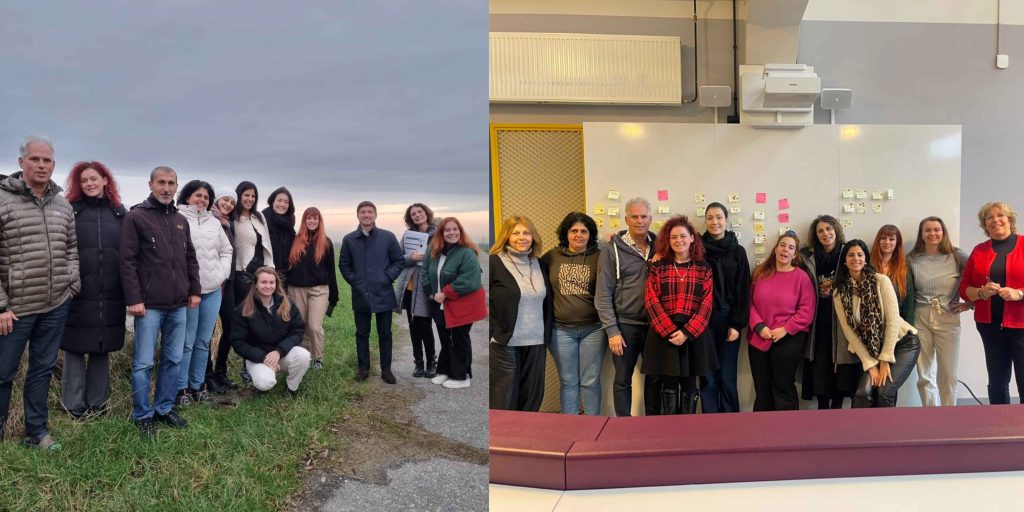
Wat We Doen: Educatieve Modules, Inspirerende Rolmodellen en Meer
Het Girls Self-ESTEAM project richt zich op het ontwikkelen van interactieve leermodules die naadloos in het klaslokaal kunnen worden gebruikt. Deze modules moedigen probleemoplossend denken, creativiteit en kritisch denken aan en helpen studenten dieper in ESTEAM-onderwerpen te duiken.
Een belangrijk onderdeel van ons project is de lancering van het e-Museum, dat aan het eind van 2024 live zal gaan. Dit virtuele museum zal de profielen en verhalen van 70 succesvolle vrouwelijke rolmodellen in de ESTEAM-sectoren tentoonstellen. Deze vrouwen dienen als inspiratie voor jonge meisjes die willen weten hoe ze een carrière in deze gebieden kunnen nastreven. Naast het e-Museum zullen we educatieve materialen beschikbaar stellen die docenten kunnen integreren in hun lessen.
Onze Weg Vooruit: Samenwerken voor Succes
Met een sterk netwerk van partners in verschillende landen organiseren we ook evenementen zoals lerarentrainingen, capaciteitsopbouwkampen en een groot slotfestival, waar meisjes de kans krijgen om hands-on ervaring op te doen en hun zelfvertrouwen te vergroten. Deze bijeenkomsten zullen helpen om de meisjes beter voor te bereiden op de toekomst, door hen in contact te brengen met rolmodellen en andere inspirerende figuren in de ESTEAM-wereld.
Doe Mee en Maak Het Verschil
We nodigen leraren, partners en andere belanghebbenden uit om betrokken te raken bij ons project. Door meisjes te begeleiden en deel te nemen aan onze evenementen, kunnen we samen een generatie van sterke, zelfverzekerde vrouwelijke leiders en vernieuwers in ESTEAM creëren.
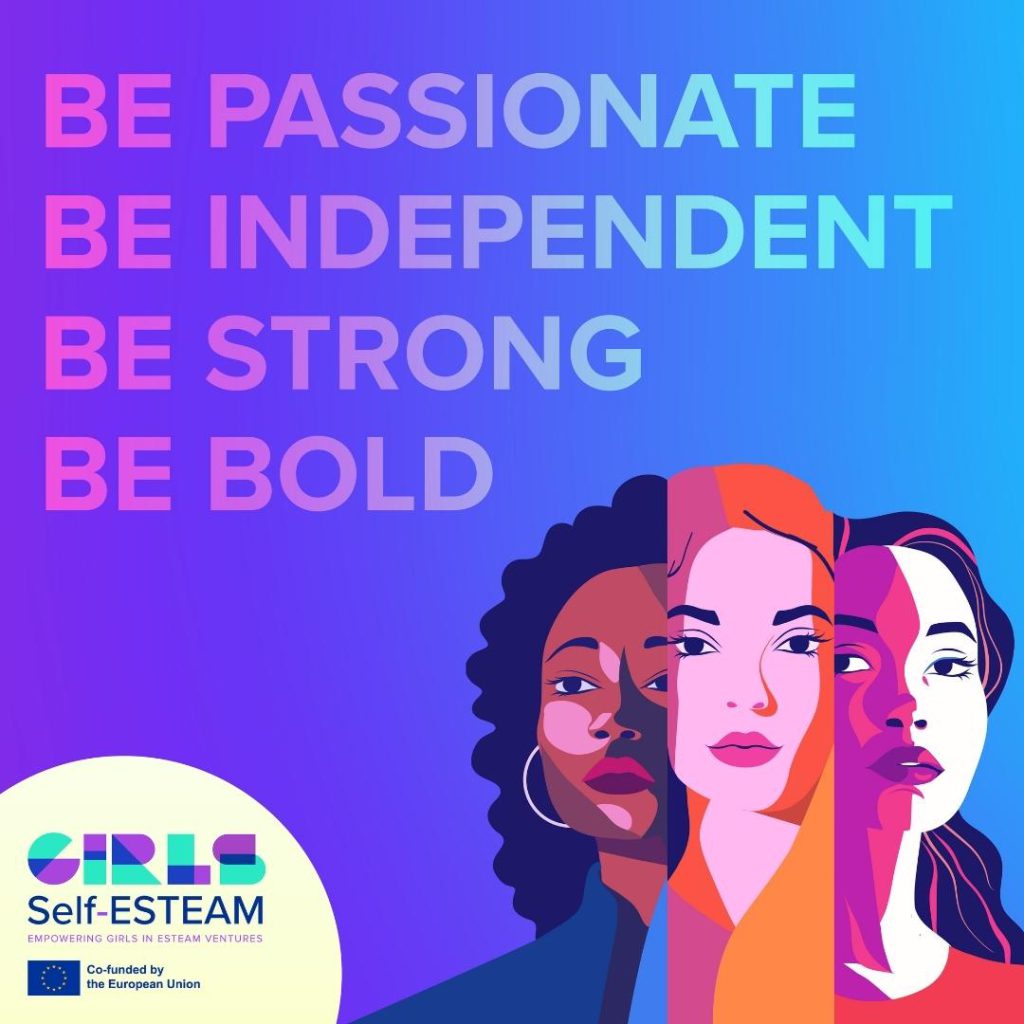
Blijf op de hoogte van de ontwikkelingen van het Girls Self-ESTEAM project en ontdek hoe jij kunt bijdragen aan dit inspirerende initiatief. Voor meer informatie, bezoek onze website: www.girlsselfesteam.eu.
Volg ons op Linkedin en Facebook
Samen geven we jonge meisjes de kracht om hun dromen waar te maken!

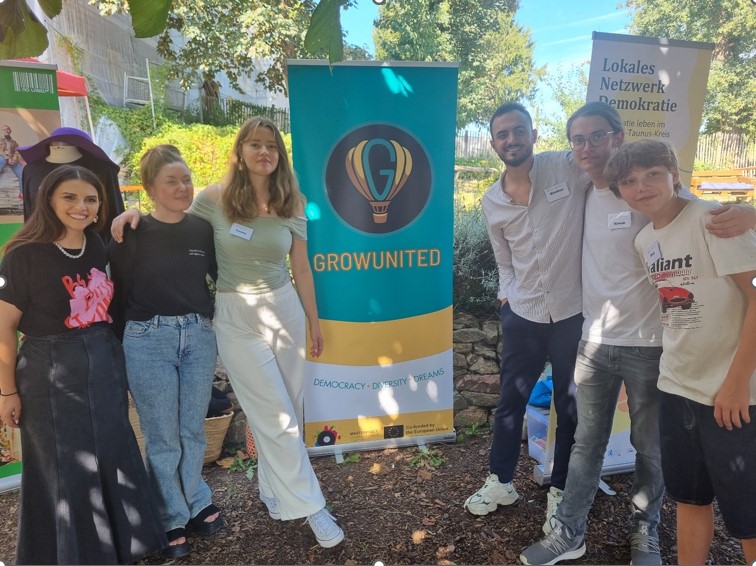
EU SGA 2024: Eltville- Wiesbaden a great Dreamsharing Festival.
On Saturday, the 7th of September, our partnering NGO Grow United hosted in Eltville- Wiesbaden a great Dreamsharing Festival. This festival was engaging and inviting participants from Germany, Albania, Poland, Romania, and Slovakia, youth and seniors (decision-makers and youth workers)
In three parallel workshops, participants discussed the various insights related to Democracy.
In our preparation, we liked to like the topics of workshops to the 6 key EU Values, as they are the context of major challenges we face like polarization, populism, and shrinking civic spaces. Dignity, Democracy, Respect for Human Rights, Equality, Freedom of Speech, and the Rule of Law
Dignity is a core EU value that emphasizes every individual's inherent worth and value. It encompasses the idea that everyone should be treated with respect and their rights protected, irrespective of their background or circumstances.
Democracy is a fundamental EU value that underscores the importance of representative governance, citizen participation, and the protection of individual rights. It ensures the government is accountable to its citizens and respects their choices through regular elections.
Equality is central to EU values, emphasizing equal treatment and opportunities for all individuals, regardless of their gender, ethnicity, religion, or other characteristics. It promotes inclusivity and non-discrimination.
Freedom of speech is a fundamental EU value that safeguards the right of individuals to express their opinions and ideas without censorship or interference. It promotes open dialogue and democratic discourse.
The Rule of Law is a core EU value that ensures that laws are applied consistently, fairly, and transparently. It upholds the principles of justice, accountability, and the protection of individual rights.
As an engaging Kickstarter, we used the boiling frog fame, accessible on www.actforliberty.eu. Sometimes, freedom is so evident that we do not recognize its threats. Do we behave like frogs in a pan? If you put a frog in a pan of boiling water, he will jump out immediately: too hot! But if you warm him up slowly, he will not notice the danger. He stays nice and warm - until he is boiled alive. This game puts you to the test: are you a boiling frog? When does it get too hot for you? Jump out in time!
In three parallel workshops, youth and youth-workers, we built on the results of the game and discussed the challenges but also potential approaches to how to close gaps and align with the EU values.
In the closing panel discussion with representatives of the municipalities, the youth suggested advice that was welcomed as a warm bath by the major as he also sometimes feels he cannot meet citizens' expectations.

This event was co-funded by the European Union as a project called EU SGA 2024
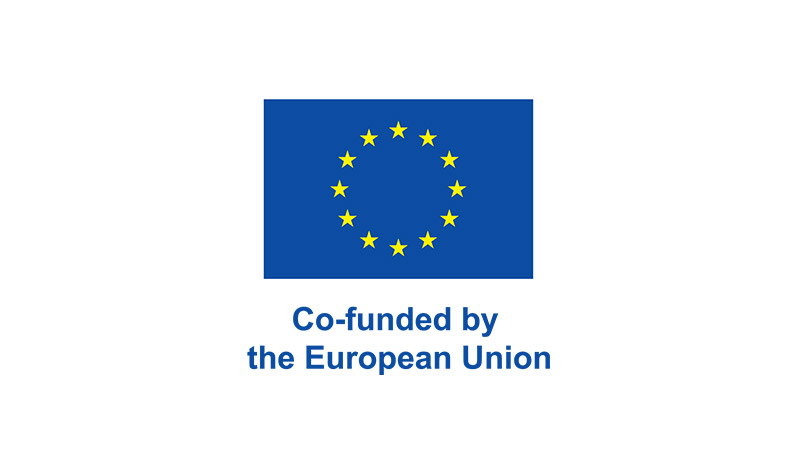
- All
- Africa
- Americas
- Asia
- Europe
- Global
- Highlights
- My Music Competition
- Podcast
- Uncategorized

